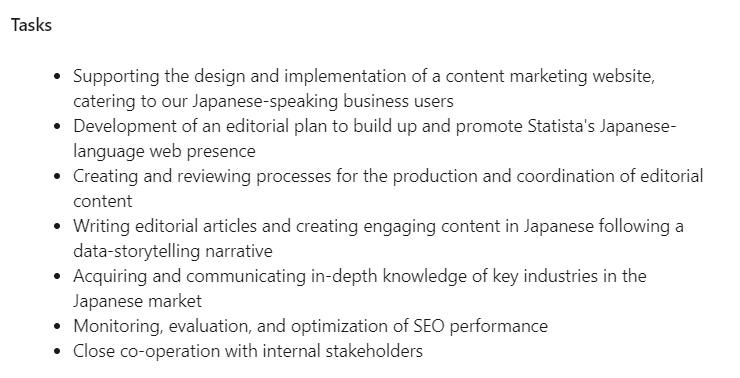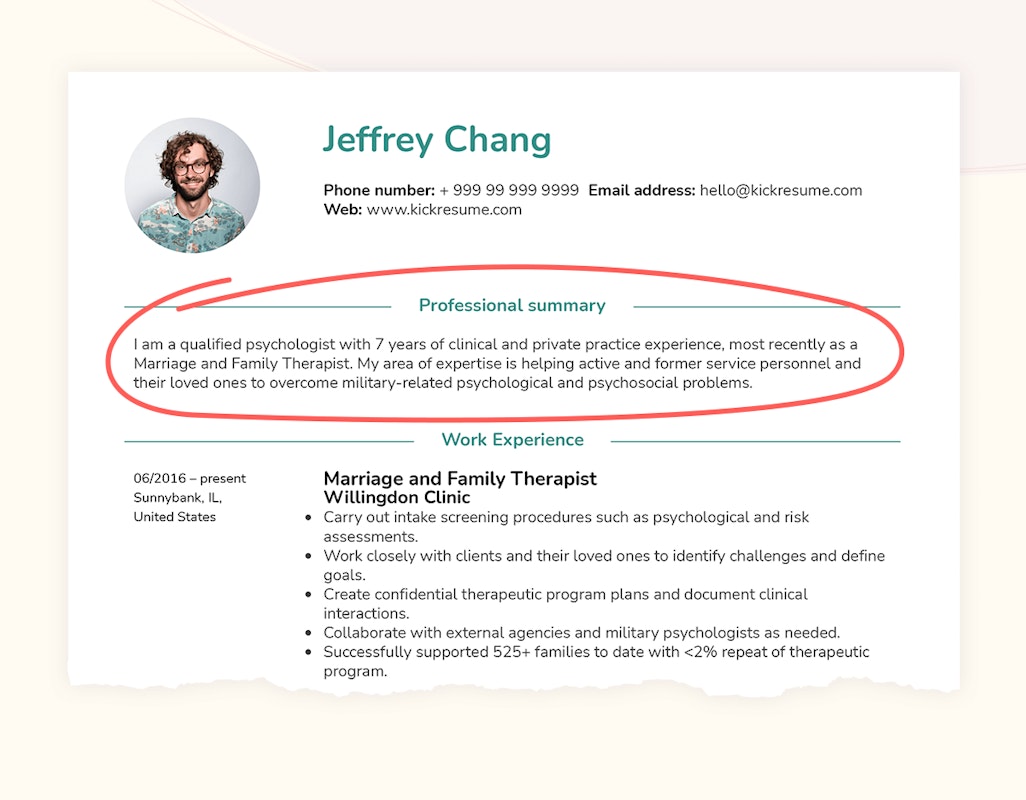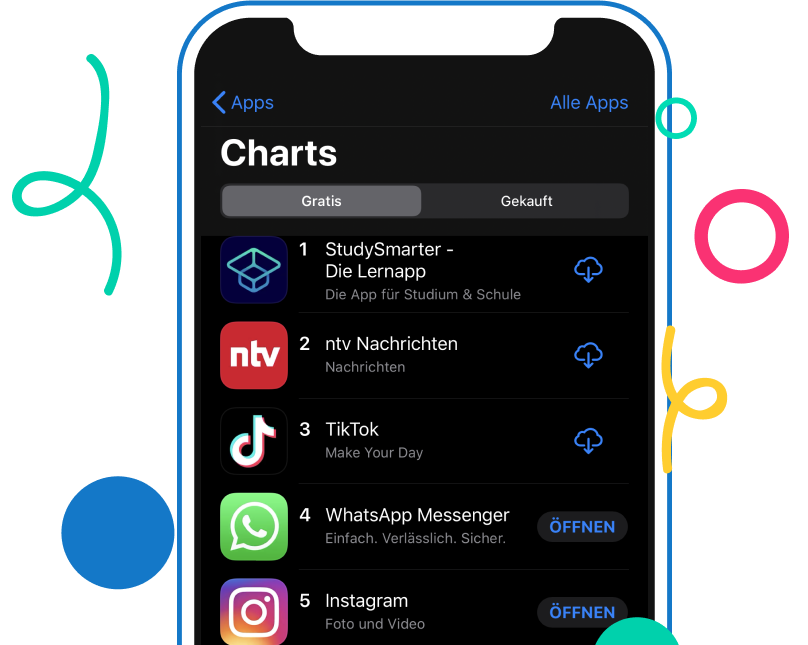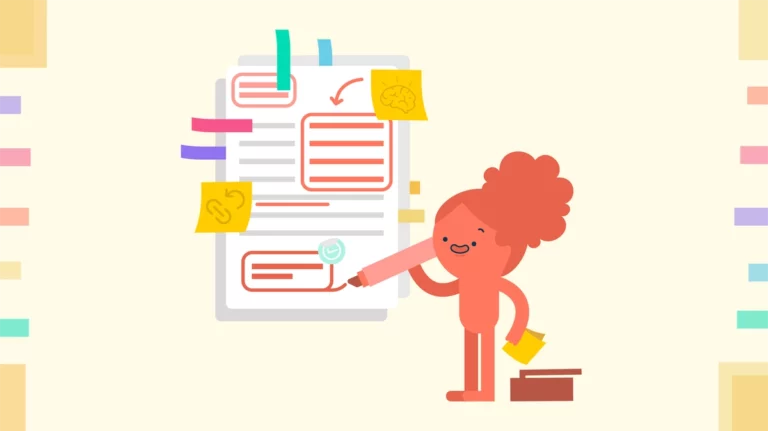Job Profile – Meaning and Use
If you’re about to enter the workforce (in which case, I don’t know whether to congratulate you or offer my condolences 😉), you may have stumbled upon the term job profile. A job profile is usually found somewhere in the middle of any job ad, and it is the part that summarises the tasks, requirements, and expectations that come with a particular job.
What is the difference between a job profile and a job ad, then? Realistically speaking, nothing is of particular importance to you as an applicant. Job profiles are used as internal documents by HR, and they are meant to make the hiring process easier. Job profile descriptions are compiled, proofed, and edited, and once they’re published, they become job ads.
A Basic Job Profile Example
As I said, job profile descriptions are internal documents, so you probably won’t see much of the unpolished version as an applicant. Still, you can expect them to look something like this:

In this section of the job profile, the company describes precisely what the job entails. Usually, the most important tasks are written first, followed by less frequent ones. For example, you’re less likely to do daily SEO checks than to work on design and editing in the above ad.
There should also be a section on job requirements in each job profile. This is to inform the applicant what the company is looking for and to help the HR team sort through applications (unless they are using the dreaded automatic screening machine, in which case, you need to be aware of keywords!).

Ideally, a job profile should also have benefits listed – don’t forget to ask about those in the interview!
Job Profile Description: What to Look Out For
As an applicant, what you should be more interested in when it comes to job profiles are the hidden meanings and pitfalls that may be hiding there. Here’s what you should pay attention to:
- Company description. I know it’s something you’d rather skip, but the information listed here can indicate what kind of workplace you can expect. Is the language inclusive? Does it sound friendly or strict? How many people work there? How long has the company been around? If it’s a startup, you should be aware of its progress and check whether you’ll have job security. Best case scenario: they sound friendly but professional. Worst case: the job profile is messy and disorganised.
- The task list. I’m not going to lie; if a job profile entails a list of tasks longer than six to seven bullet points, it may get sticky. Especially if this is disproportionate to benefits.
- The requirements list. And here’s the most important and most revealing information. Phrases such as ‘must be able to wear multiple hats’ and ‘dynamic environment’ are red flags for anyone. Good jobs come with specific expectations relevant to the skills tied to your degree – if the job profile uses vague language, it’s better to leave it alone. Also, the laundry list of requirements, especially if it isn’t proportionate to benefits and salary, is a bad sign.
- Benefits. You want to be paid for the work that you do – that is a fact, and no corporate nonsense should ever tell you otherwise. However, you also want benefits like paid vacation, opportunities for growth, and secure parental leave. If the job description is particularly quiet on this, you may want to raise some questions. Also, anyone trying to sell you a ‘competitive salary’ as a benefit is blatantly lying. As my girl Ariana Grande says, thank u, next.
Don’t Confuse Job Profile and Profile Summary
If you snoop around your favourite search browser, you’ll find that job profile and profile summary are two easily confused terms. This is not surprising, as they may be related in some lines of thinking.
To distinguish:
- Job profile: a document detailing what is expected for a particular job.
- Profile summary: the introductory section in your CV that briefly and succinctly describes who you are as a person and what your strengths are.
How are they connected?
When you apply for a job, you need to customise your CV to get the said job. Sometimes this means rearranging the sections of your CV, adding more details about your engagements and experience, or removing anything irrelevant. The same goes for the profile summary. To get the attention of the hiring body, you should edit your profile summary to fit the job requirements listed in the profile.
For example, if job tasks and requirements include extensive knowledge of a specific programming language, you want to put that in your profile summary. Shuffle through the description and select several of the most important keywords to include in your profile.
Here’s a good example:

Jeffrey is straightforward with what he does, his experience, and his current specialisation. Using strong words such as expertise and qualified catch the eye, as does using numbers. In your profile summary, you should not sell yourself short – boast about your skills. Don’t lie, but don’t be shy, either!
A Word of Caution
While there is a trend of shifting to job profiles rather than job descriptions when hiring new people (at least there’s an attempt at such a trend), neither is immune to typical company pitfalls. After all, if the company is bad, there can be some tell-tale signs in their job profiles:
- Contradictory information. Does it state it’s hiring for one thing but expects applicants to do a ton of other tasks? Promises a certain structure, but the ad is messy? Speaks of employer happiness, but you see the same ad popping up every two weeks? Hard pass. For your own mental health.
- The work environment. If you never want to have a decent day off again, by all means, go for terms such as ‘dynamic work environment’ and ‘commissioned work’. Otherwise, stay away.
- Career path. Are there indications of progress? Or is the ad vague enough that you cannot even guess what kind of growth opportunities you may get?
You should also avoid anything that expects you to work for free for extended periods of time or promises some earning potential – there are far too many scams out there!
Job Profile in a Job Profile – An Ad in a Few Words
Job Profile for a Good Job
About:
A job profile is a short description of a specific job that summarises expectations, responsibilities, tasks, and requirements of a particular job. It is an internal document drafted by HR to help hire the most fitting candidates.
Requirements:
- Short and clear
- No vague phrasings
- Avoids business buzzwords
- Sets realistic expectations
- Somewhat flexible
Tasks:
- Provides a concise description of what the position brings.
- Explains in clear language what qualifications the ideal candidate has.
- Gives an overview of tasks and responsibilities, as well as work benefits.
Benefits:
- Helps you parse through irrelevant ads.
- Signals what kind of work environment you can expect.
- Informs you about company policies on work-life balance.
Once you’re sure you have the necessary qualifications and the information sounds good to you, click that APPLY button and show off your skills!







